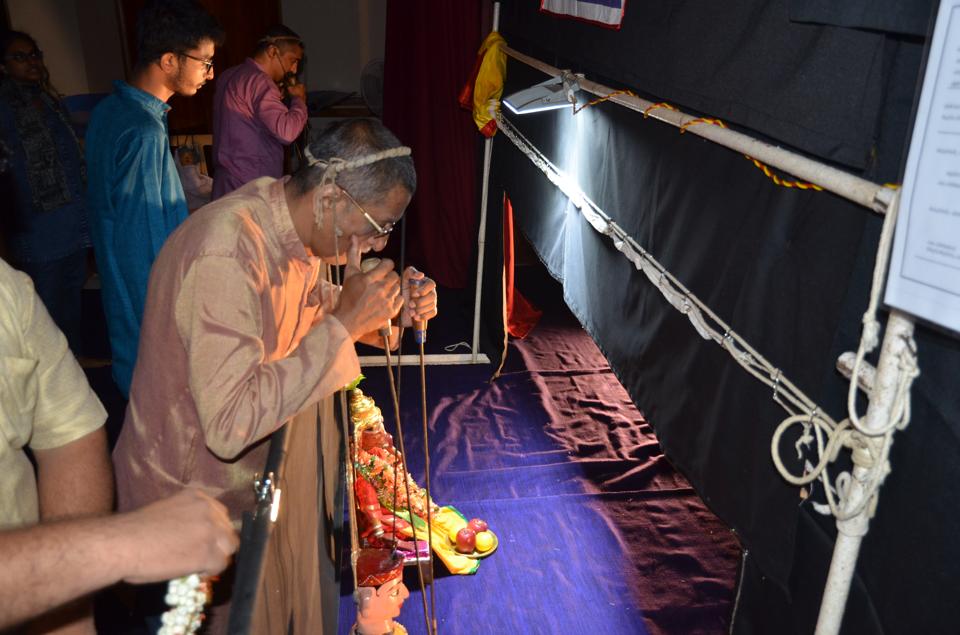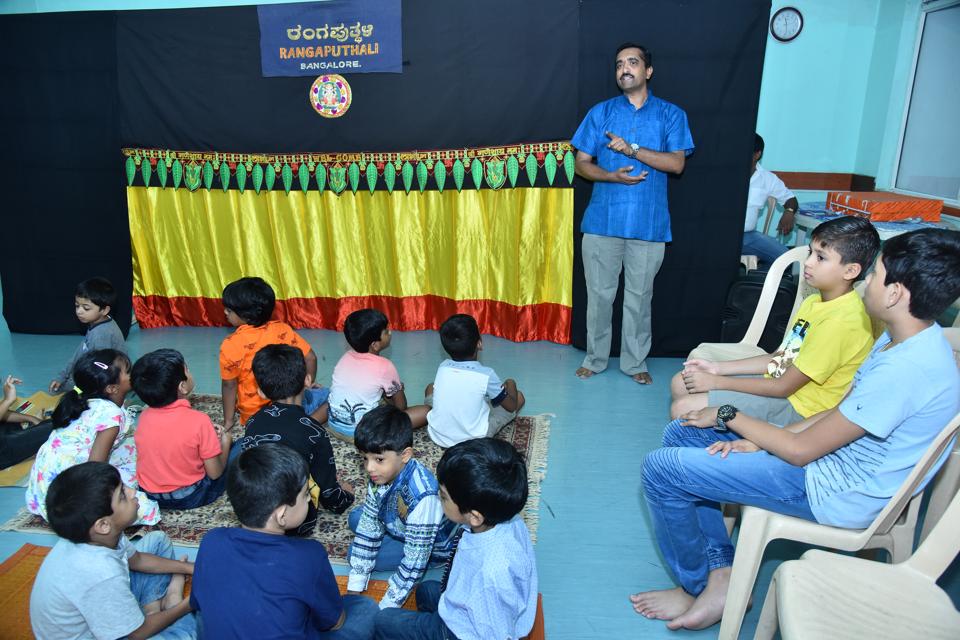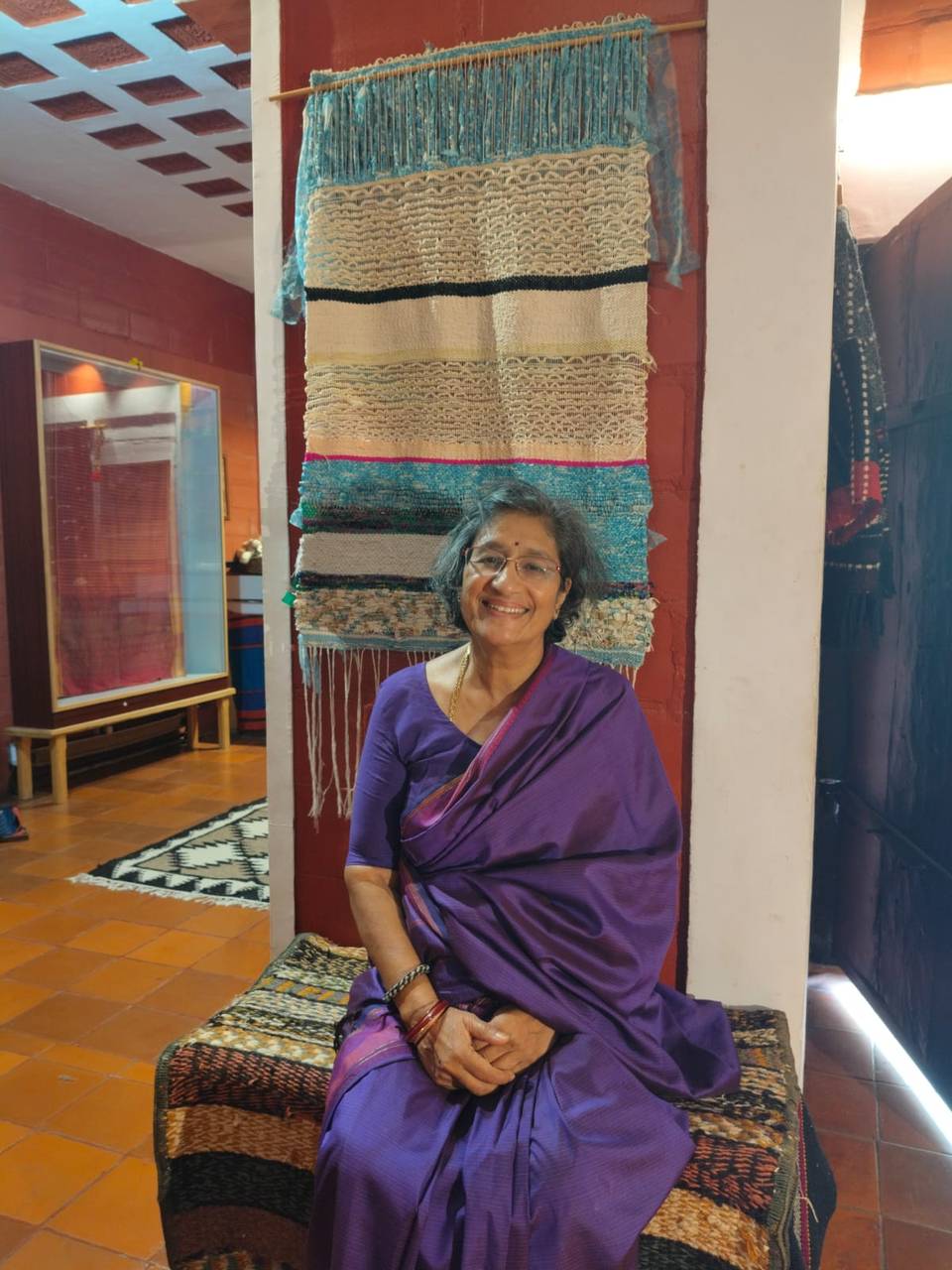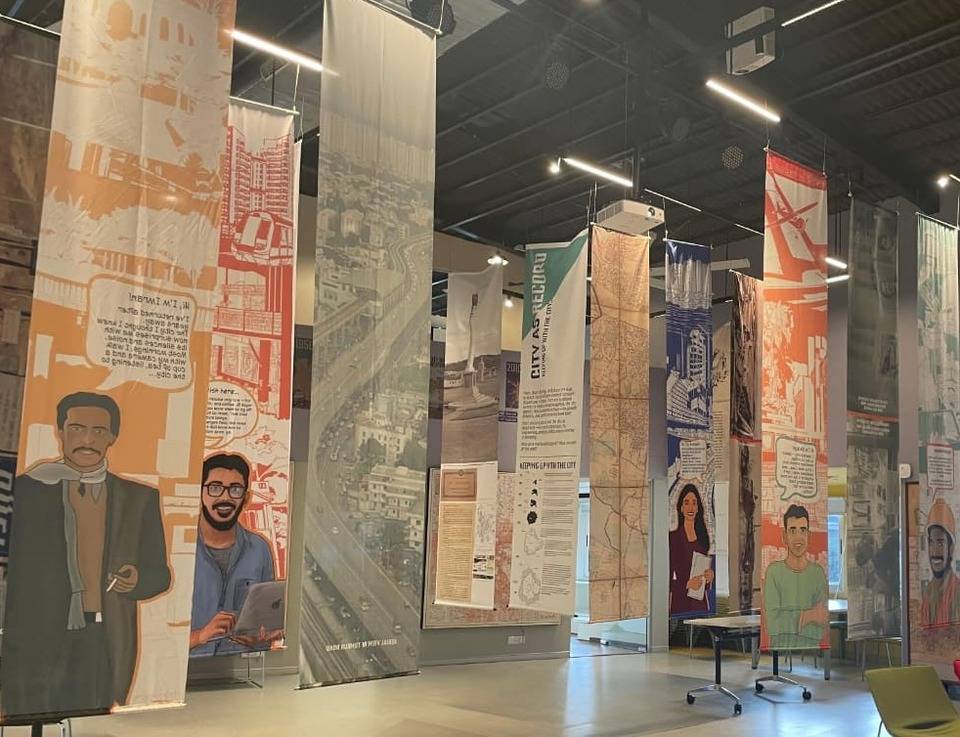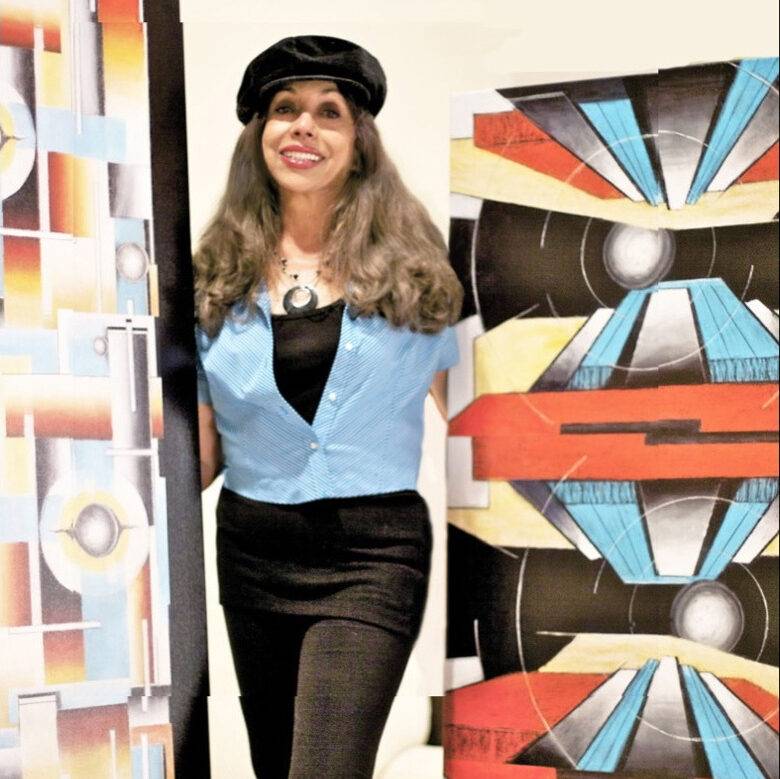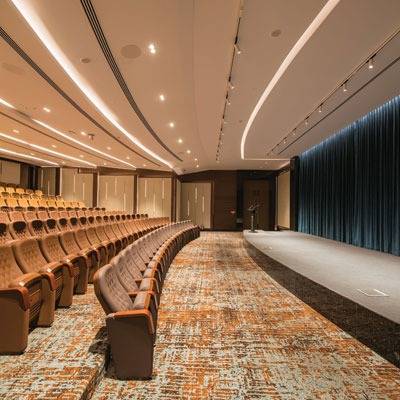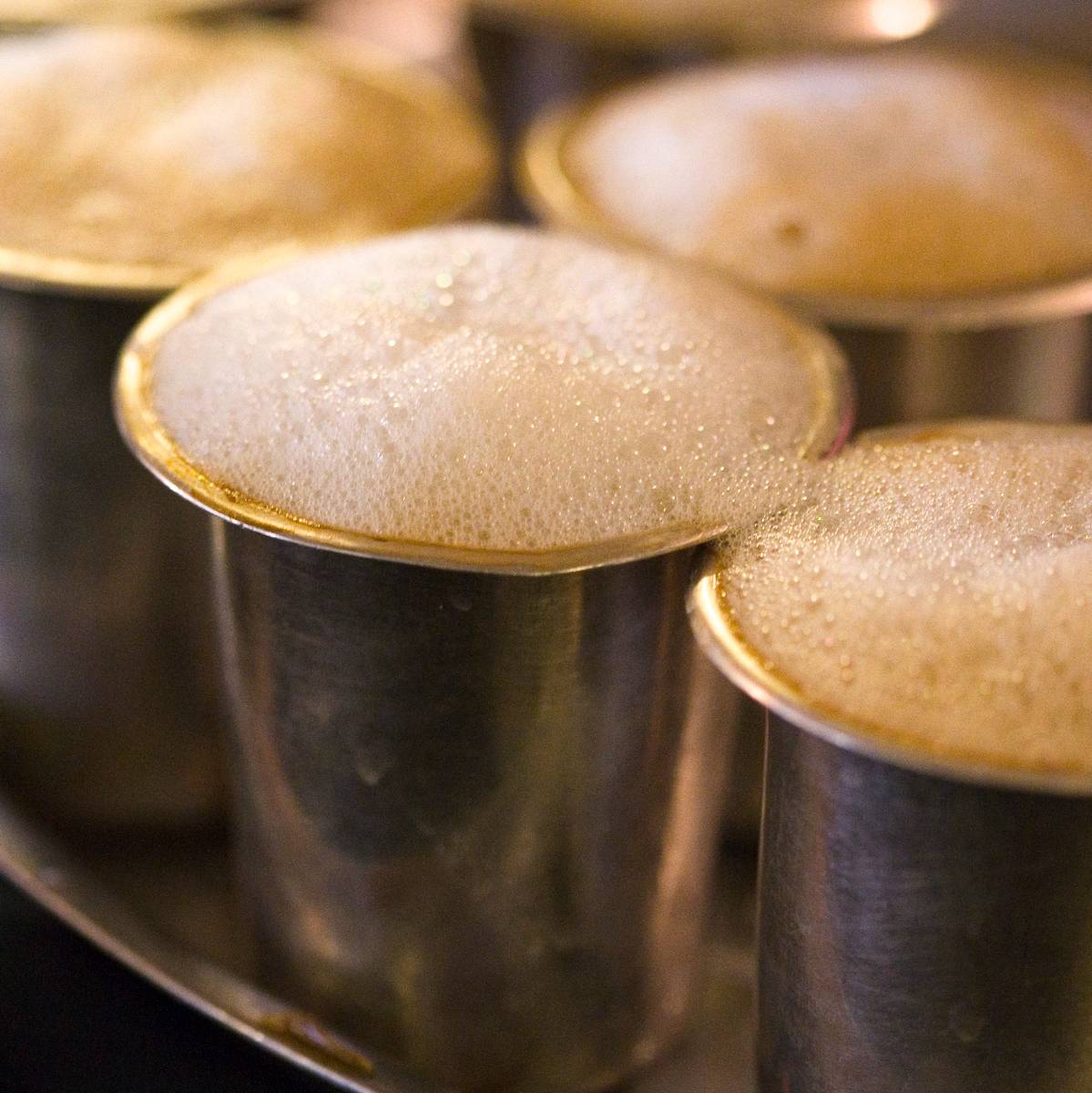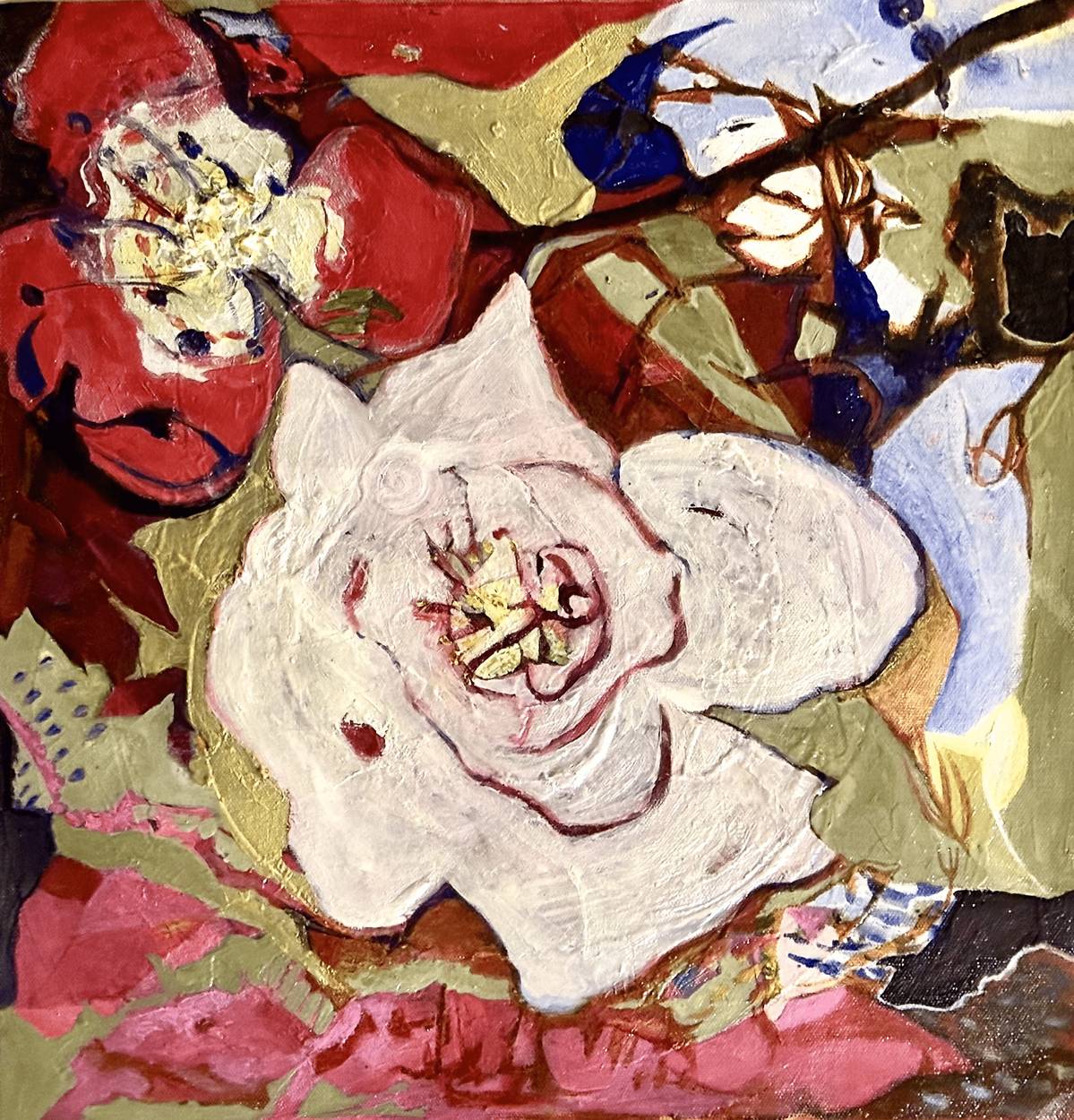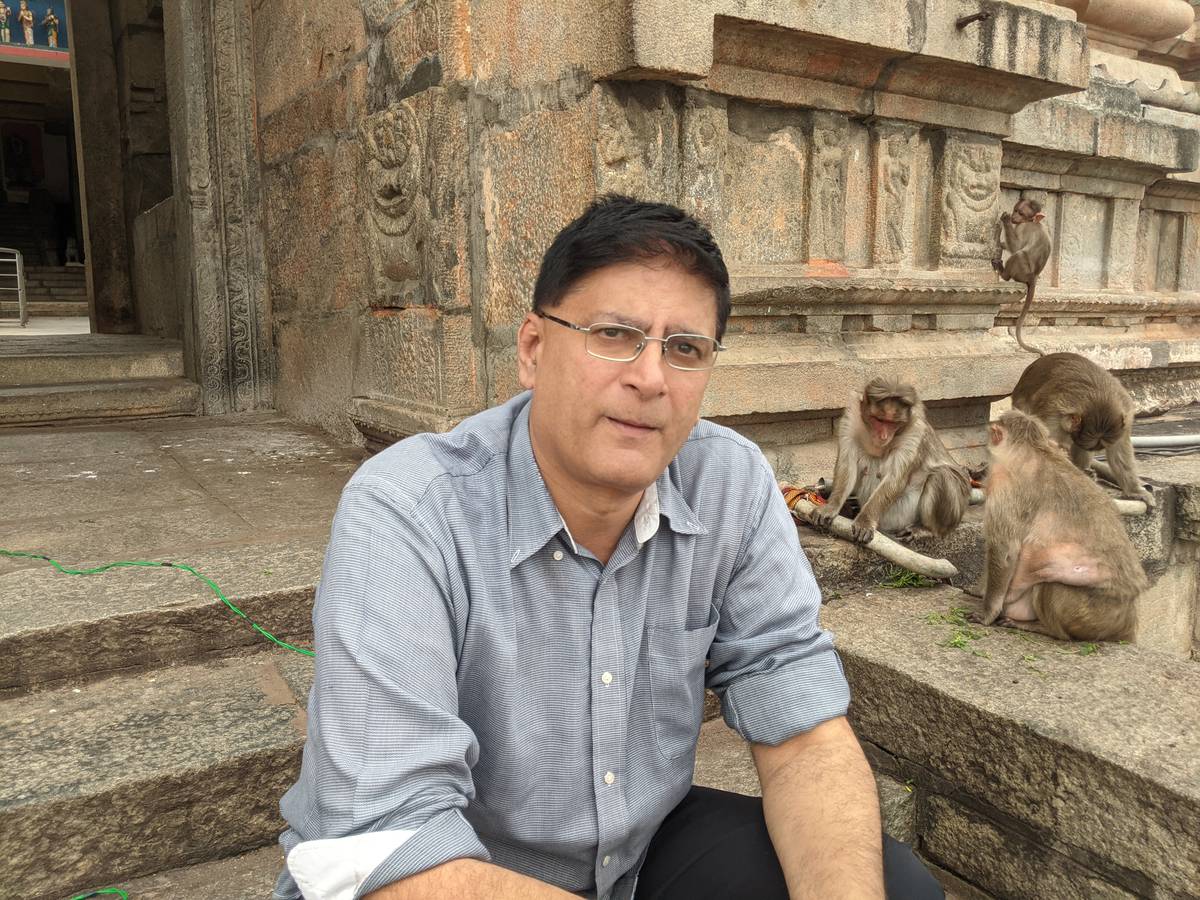The Ancient Art of The Rangaputhalli Puppeteers
In India, there is a rich tradition of puppetry that dates back to at least the 2nd century BC. Rangaputhali Puppeteers is a group of Indian puppeteers based in Bangalore. Their shows are often based on traditional Indian stories and folktales, and they use music and dance to create a lively and engaging performance. Rangaputhali Puppeteers is committed to preserving and promoting this traditional art form.
May 25, 2023, 12 14 | Updated: May 25, 2023, 13 57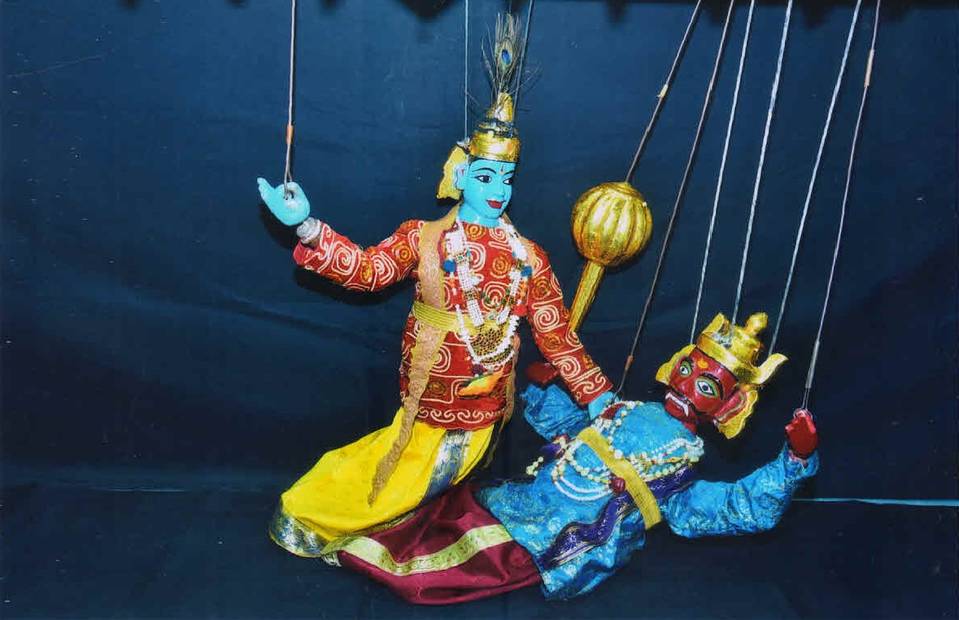
There’s one family that will not let puppetry fade into oblivion.
They are the Rangaputhalli Puppeteers—custodians of this ancient and enchanting art.
Based in Bangalore, the group was founded in 1979 by M.R. Srinivas and M.R. Vijay, and has since performed over 6,500 shows across India and abroad. Rangaputhali Puppeteers is committed to preserving and promoting the art of shadow puppetry, and they have worked with schools and other organisations to introduce this traditional art form to new audiences.
The group's shows are often based on traditional Indian stories and folktales, and they use music and dance to create a lively and engaging performance. Rangaputhali Puppeteers has won several awards for their work, including the Karnataka State Award for Best Puppet Show in 2002.
We bring you an interview with one of the founders of the group—M. R. Srinivas. Talking to him was enlightening and heartwarming in equal measure. For one, that there is an active respect and effort to preserve a centuries-old art form. The other, that they continue to succeed in this effort.
Explocity: Can you tell us a bit about this unique puppetry form and why it holds such a special place especially in a mixed pot of cultures like Bangalore?
Srinivas: The rod and wooden form of puppetry is an ancient art form that has been passed down through generations in our family and we have named it the Rangaputhalli Puppetry in dedication to our father M.R. Ranganath Rao who has been instrumental in popularising this art form in recent years. It's a form of wooden puppetry that has a rich history dating back almost 4,000 years. What makes it truly special is that it is deeply rooted in temple traditions. Bangalore has a long-standing connection with the arts, and our puppetry performances have been an integral part of religious festivals and cultural events here for four generations now.

How did your family become the custodians of this style of puppetry, and what sets your style apart from other puppetry traditions?
Our family's association with the wooden puppetry art form can be traced back to my great-grandfather, Sri Narasingappa. He was fortunate enough to receive training from a family in Andhra Pradesh who had nurtured this art form for over three centuries. He not only learned the traditional techniques but also infused elements of the captivating Kuchipudi dance into our puppets. This innovative style, known as Srikrishna Parijata or Bhama Kalapam, has become synonymous with our family's puppetry tradition.
What sets our style apart is the rod-cum-string technique that we use. Our puppets are meticulously crafted without feet, but through the clever manipulation of rods and strings, they come to life and dance with graceful movements. The puppeteer wears a ring on their forehead connected to three strings, representing Brahma, Vishnu, and Maheshwara, allowing for intricate leg gestures. The puppets' hands are controlled by two iron rods, crafted in the iconic chin mudra gesture. It is a temple-based style that showcases our artistry and innovation.
Your family has played a crucial role in reviving and preserving this ancient form of storytelling. Can you share with us a turning point in its history and how your father's dedication propelled the art form forward?
Absolutely. There came a time when the passion for Rangaputhalli Puppetry started to fade within our family. However, my father, a schoolteacher with unwavering determination, took it upon himself to breathe new life into it. One pivotal moment was when he showcased our magnificent wooden puppets to Kamala Devi Chattopadhyay, a renowned freedom fighter and avid patron of the arts. Her appreciation and encouragement ignited a fire within my father, and he dedicated himself wholeheartedly to the art of puppetry.
His efforts and dedication were recognised in 1980 when he received a prestigious National Award from the Sangeet Natak Academy. This recognition not only affirmed the importance of Rangaputhalli Puppetry but also motivated our family to continue preserving and evolving this ancient art form.
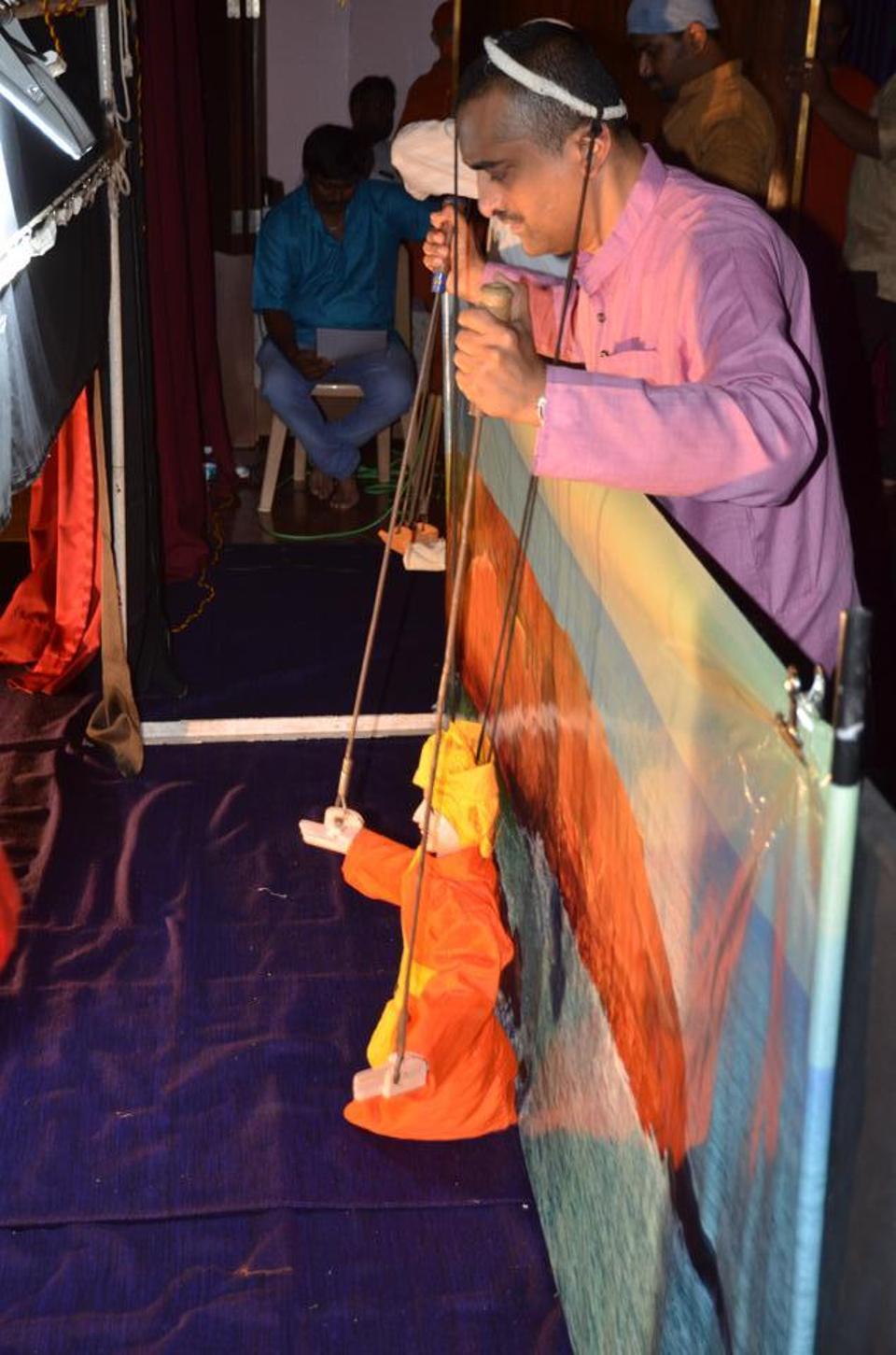
What makes this art form so special to the city, and why should people make it a point to attend your shows?
Bangalore has a rich artistic and cultural heritage, and Rangaputhalli Puppetry is a vital part of that tapestry. Our art form has flourished in the city for centuries, nurtured by generations of passionate puppeteers. It is deeply connected to the temples and spiritual traditions that have thrived here.
Our shows offer a unique opportunity to witness an art form that carries the essence of Bangalore's cultural identity. Our performances not only entertain but also educate and inspire, without compromising on the ancient rod and wooden style. Through the mesmerizing movements of the puppets, we bring to life epic tales and modern lessons, captivating audiences with timeless wisdom and profound teachings.
Moreover, we also perform on-demand at various events, schools, and educational institutions. We actively participate in religious festivals, adding a touch of magic and spirituality to the celebrations. So, whether you're a resident or a visitor to Bangalore, experiencing our shows allows you to connect with the soul of the city and delve into its vibrant cultural heritage.
The combination of tradition and innovation is impressive. How have you and your brother, Vijay, continued to carry forward your father's legacy while adapting to the demands of modern times?
Vijay and I felt a deep sense of responsibility to carry forward our father's legacy while ensuring the art form remains relevant in today's world. We expanded the repertoire of Rangaputhalli Puppetry by incorporating historical narratives alongside mythological tales, catering to the diverse interests of our audiences.
Embracing technological advancements, we fearlessly experimented with materials like sawdust and papier mâché, which not only reduced the weight of the puppets by about 4-5 kg, but also added versatility and dynamism to our performances. By incorporating these innovative adaptations, we could create more intricate movements and bring a new level of expressiveness to our wooden puppets. These are the type of puppets we create during the workshops and also use during training sessions in schools to engage younger audiences. We believe that by embracing innovation while staying true to tradition, we can ensure the survival and evolution of ancient art forms in this ever-changing world.
However, we never forgot the essence of the traditional art form. The traditional wooden puppets remain an integral part of our shows with their weight of 10-12 kg, and we take great care in preserving their craftsmanship and authenticity. It is a delicate balance between honouring the past and embracing the future.
Apart from performances, how else do you contribute to preserving this beautiful art form? How do you take it beyond entertainment?
Preservation is at the core of our mission. We actively engage in workshops and training programs, passing down our knowledge and skills to future generations. We visit schools, colleges, and cultural institutions, conducting puppetry workshops where children and young adults can learn about the intricacies of puppet making and manipulation. It's a way to inspire the next generation and keep the art form alive.
Through the art of puppetry, we bring history, mythology, and cultural traditions to life in a visually captivating and accessible way. Our workshops, which we conduct at educational institutions and separately on-demand as well, provide a hands-on experience where children can learn about the intricacies of puppet making and manipulation. It sparks their creativity, enhances their understanding of traditional art forms, and fosters a deeper appreciation for cultural heritage.
We also collaborate with researchers and scholars to document our techniques, stories, and experiences. This documentation serves as a valuable resource for academic studies, cultural researchers, and puppetry enthusiasts who want to delve deeper into our art form's history and techniques.
Do you take your puppetry to places beyond Bangalore?
Absolutely. We actively participate in festivals, cultural events, and puppetry conferences both within India and internationally. These platforms provide us with opportunities to showcase our art and collaborate with fellow puppeteers and artists. It's a vibrant exchange of ideas and creativity that enriches our performances and keeps the art form relevant in contemporary times.
Your efforts have not gone unnoticed, as evidenced by the prestigious awards and recognition you have received. Could you share some of the accolades and their significance?
Srinivas: We are incredibly grateful for the recognition we have received. In recent years, the Rangaputhalli Puppeteers have been honored with prestigious awards such as the UNESCO Seal of Excellence for Handicrafts. These awards celebrate our craftsmanship and unwavering efforts in preserving a traditional art form that embodies the essence of our cultural heritage. It's a testament to the hard work and dedication of our entire team.
Contact Rangaputhalli Puppeteers here: http://www.rangaputhalipuppeteers.com/

